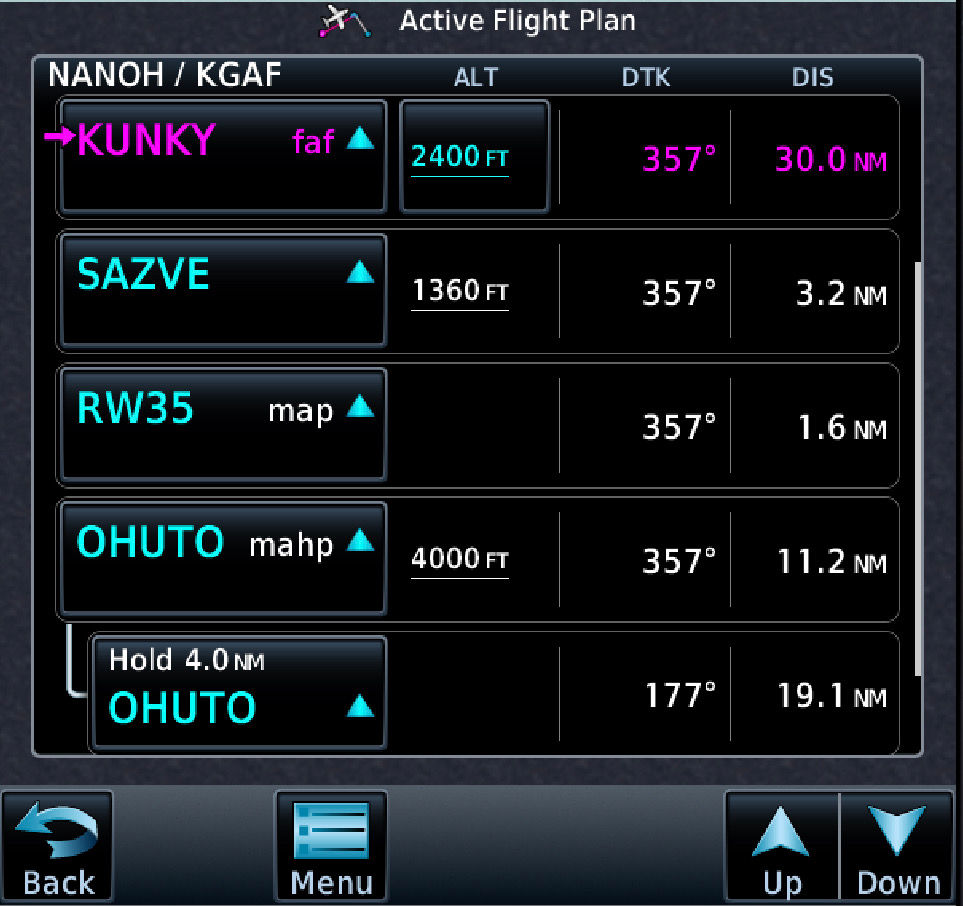How Does Variation Affect PBN Systems?
- Josh Rogne

- Dec 9, 2022
- 2 min read
Magnetic variation and the affect it has on PBN systems
Have you ever flown an instrument approach and noticed a difference between the charted approach course and the approach course that is loaded in the GPS?

I was recently flying to KGAF with a student working towards his instrument rating, the student loaded the RNAV (GPS) RWY 35. As the student was briefing the approach, he noticed that there was a difference between the published approach course and the approach course that loaded into the GPS. The approach plate shows a course of 354° while the GPS shows 357°.

The AIM references the difference between charted approach courses and the approach course that a PBN system generates, the difference is due to the chart designer and the PBN system using different sources for magnetic variation. This causes the magnetic course displayed by the PBN system to be different than the magnetic course on the chart. Most PBN systems navigate by reference to true north and only display magnetic course for the pilot’s reference.
Magnetic course on PBN systems is calculated using two different methods. SID/STAR procedures use the stored magnetic variation in the NAV database for that airport, while IFR enroute charts use an algorithm for the aircrafts position to determine the magnetic variation. Every leg of an instrument procedure is first calculated along a desired ground track with reference to true north. A magnetic variation correction is then applied to the true course to develop a magnetic course.
Ensure that whenever you fly; especially on an instrument flight plan, the PBN equipment onboard the aircraft is functioning properly and has a current and accurate navigation database.
Let me know your thoughts in the comments!




Comentários